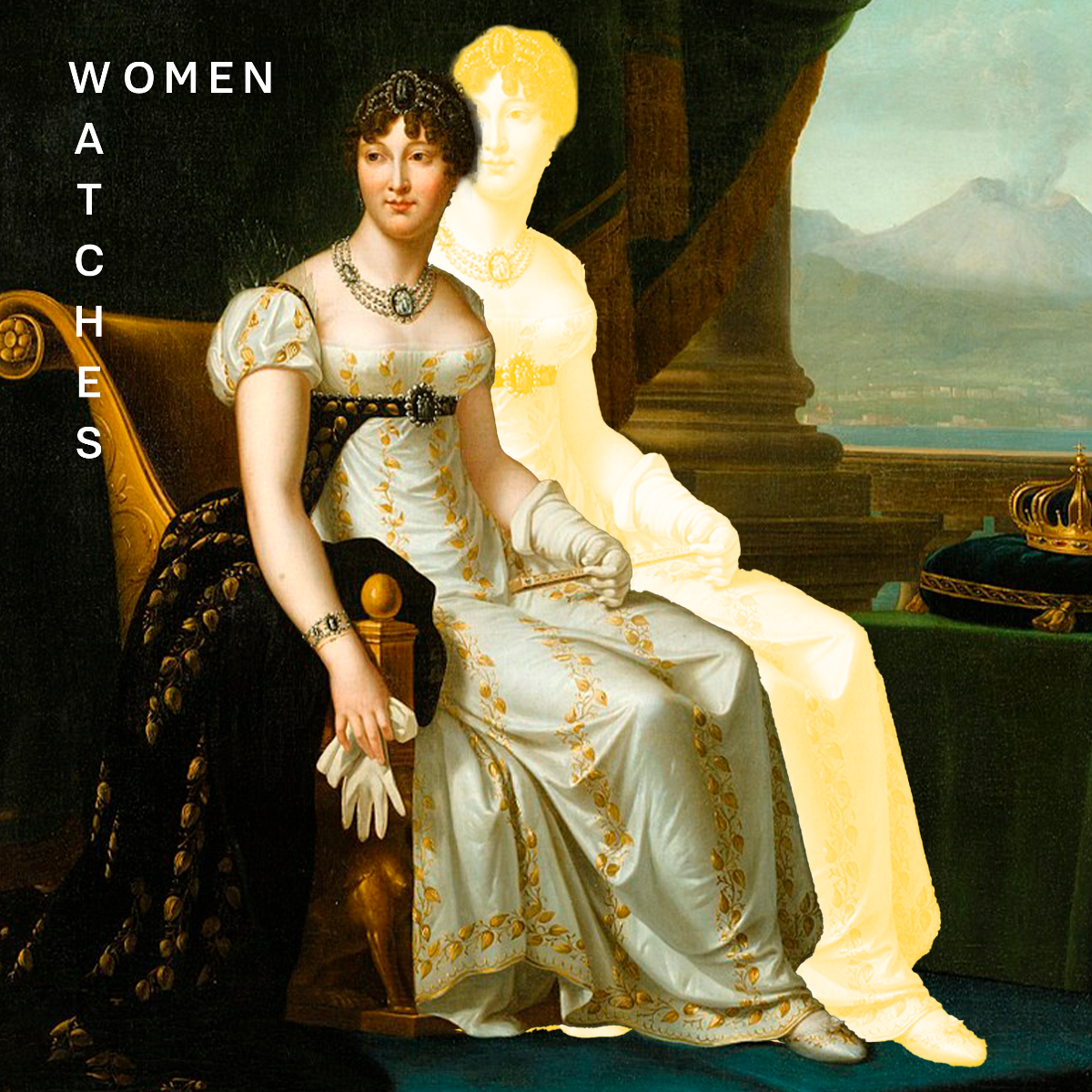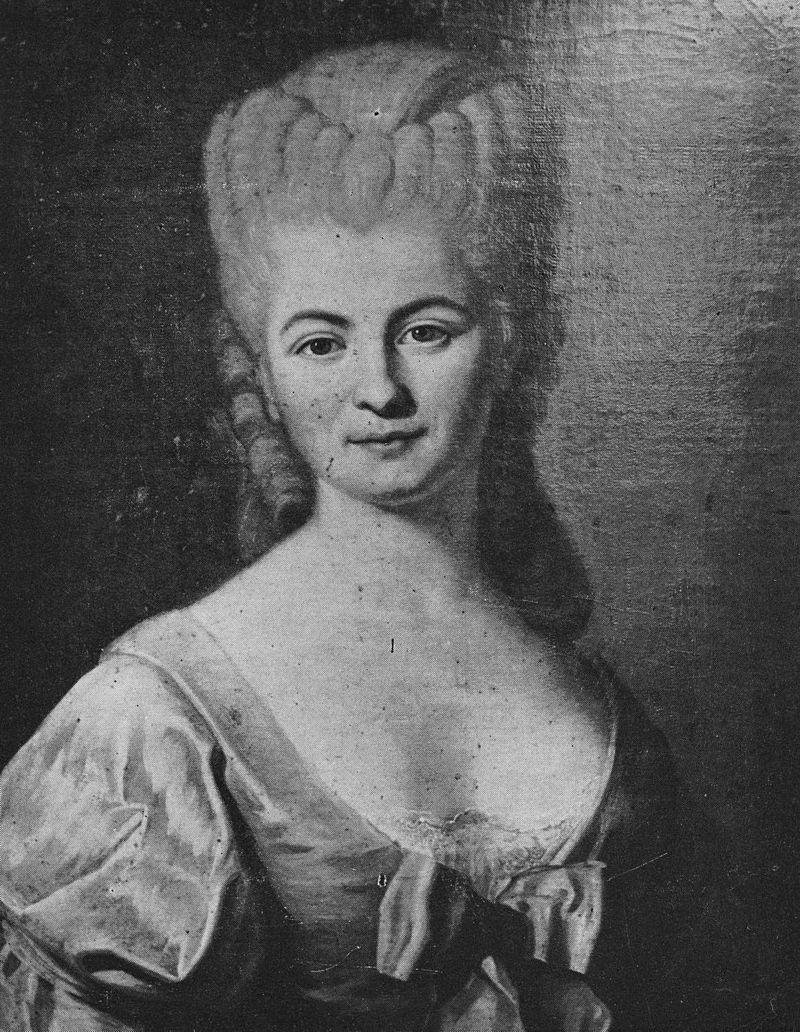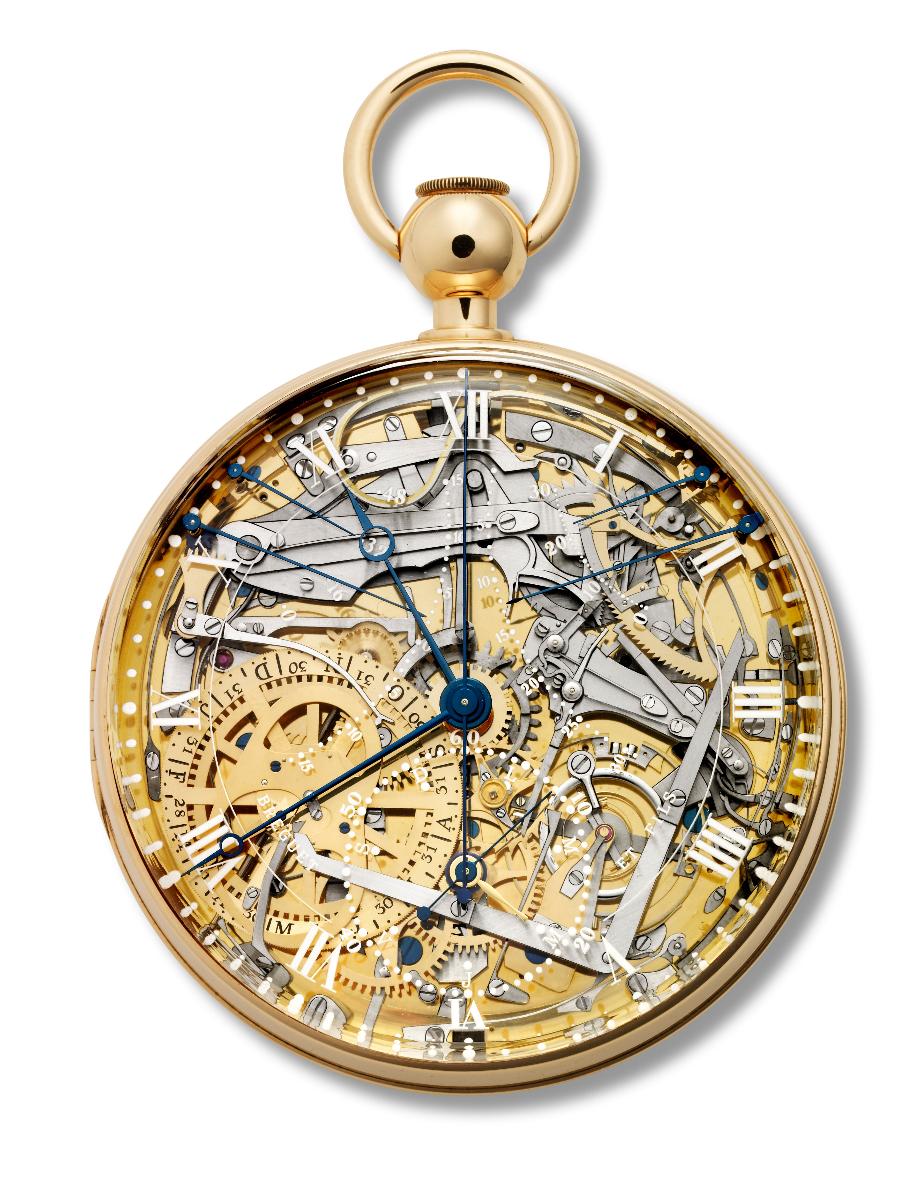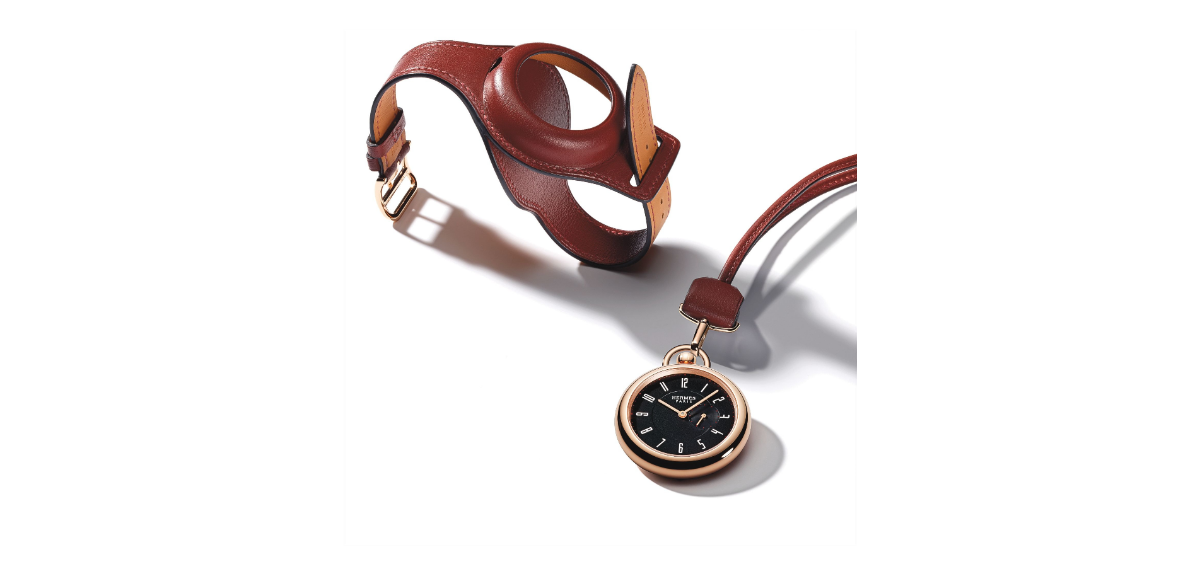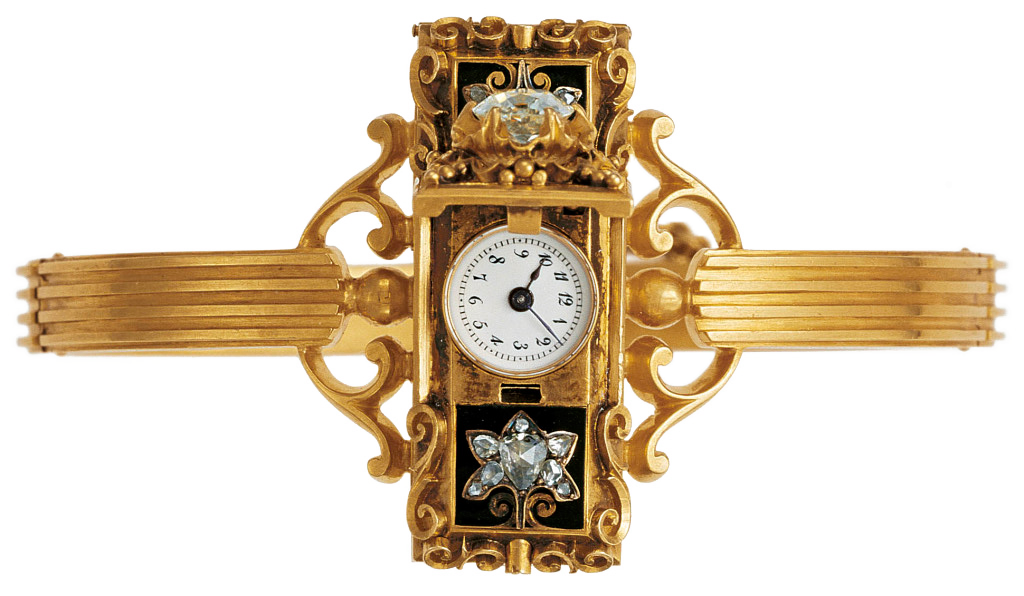Any evocation of the history of watchmaking, at least until the twentieth century, suggests that time was a male preserve, with no mention of the female figures whose contribution helped advance the science of time measurement, or who in any way left their name on this “human adventure.” With one exception. Nicole-Reine Lepaute (1723-1788), a French astronomer and mathematician, performed the complex calculations which her husband, royal clockmaker Jean-André Lepaute, needed to make astronomical clocks — which she also helped build.
We owe her the table setting out the number of oscillations for pendulums of different lengths that was published in Traité d’Horlogerie, under her husband’s name. Her work alongside her husband introduced her to the astronomer Jérôme de Lalande. Two of their most important collaborations were to predict the exact date of the return of Halley’s Comet in 1759 and calculation of the astronomical ephemerides that were published as La Connaissance du Temps. Lalande was associated with the mathematician Alexis Clairaut, and while Clairaut refused to credit Nicole-Reine Lepaute in his publications, de Lalande publicly recognised her work. She became the first woman to be elected to the Académie des Sciences in Béziers. She was, declared Jérôme de Lalande, “a master rather than a pupil” who “devoted herself successfully to astronomical calculations.”
